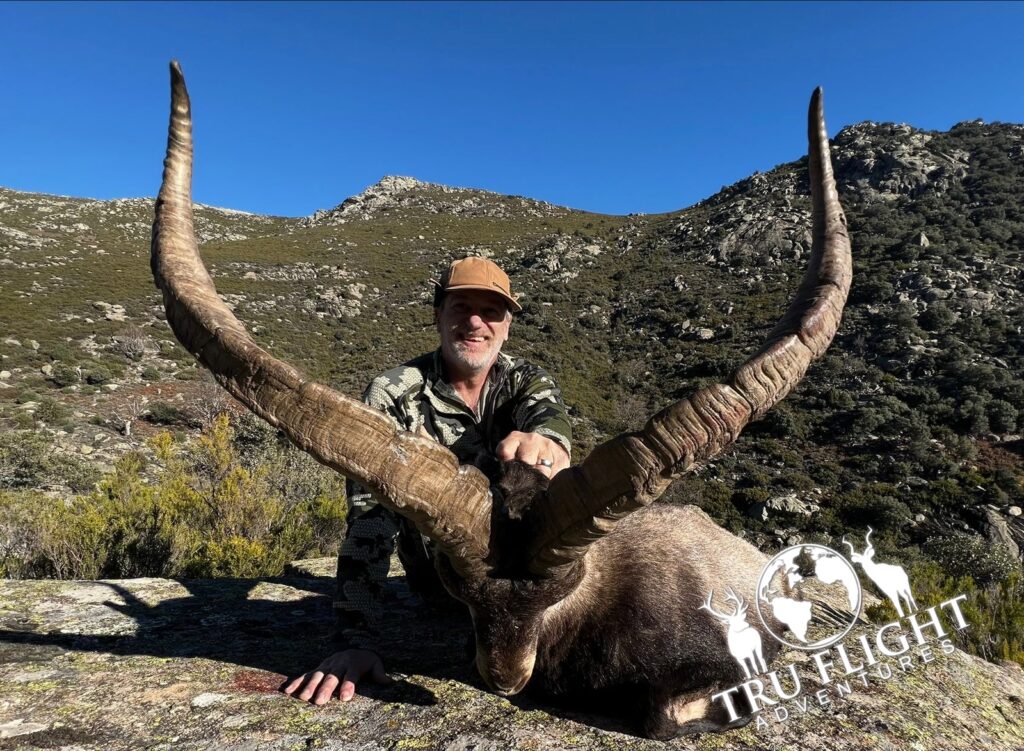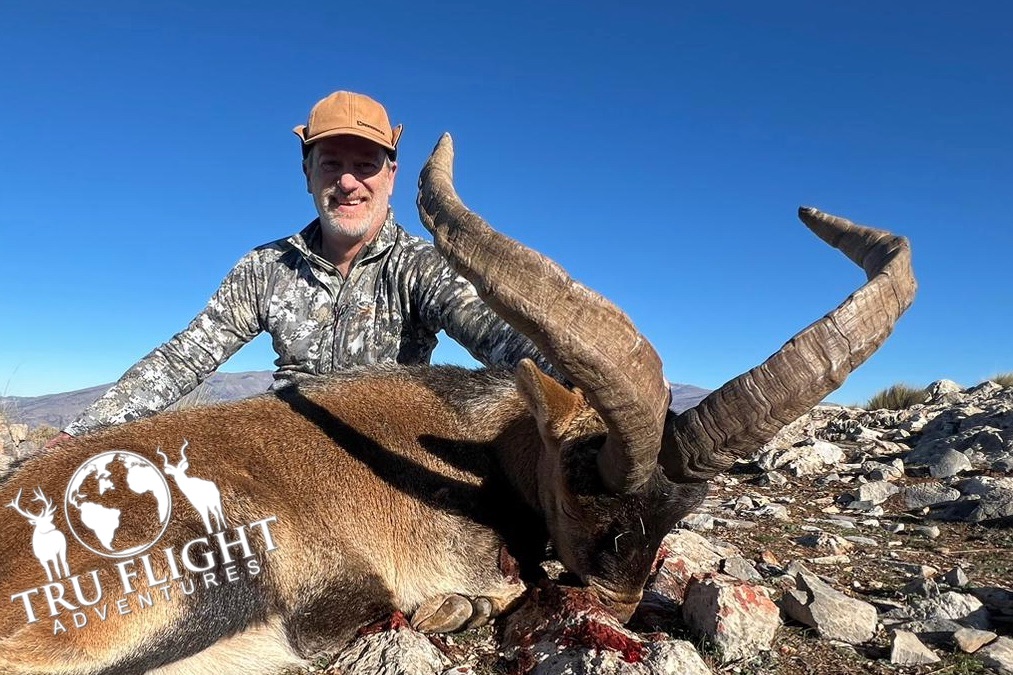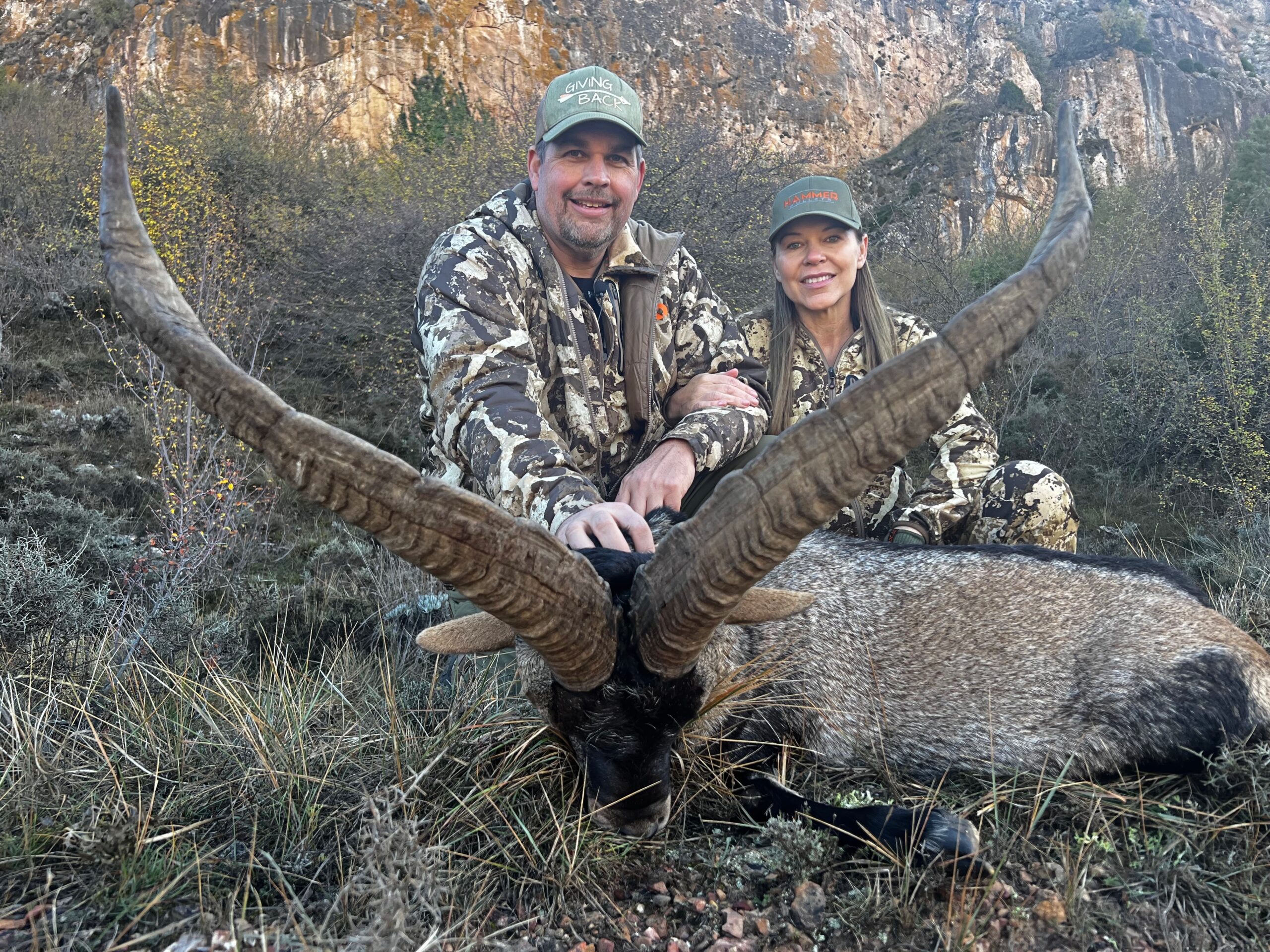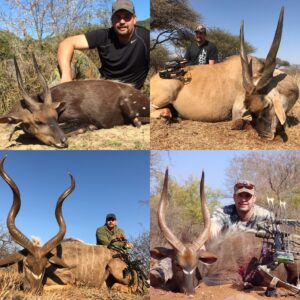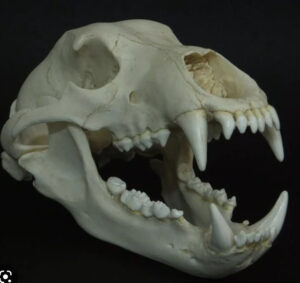Spain Ibex Slam
The Spanish Ibex Slam is a prestigious achievement for mountain hunters, offering the chance to harvest all four subspecies of Spanish Ibex: the Gredos, Beceite, Southeastern, and Ronda Ibex. This unique hunting experience takes place across Spain’s diverse landscapes, combining the thrill of the hunt with cultural exploration.
Each subspecies inhabits distinct regions, showcasing unique characteristics in horn shape, size, and coloration. Hunters embark on a journey through rugged terrains, guided by experts who ensure a safe and successful expedition. The challenge lies in tracking these elusive animals and appreciating their habitats and the conservation efforts that protect them.
What are the unique traits of each Ibex subspecies?
The four subspecies of Spanish Ibex each have distinct traits and inhabit unique regions of Spain:
- Gredos Ibex: Found in the Gredos Mountains, this subspecies is known for its large, lyre-shaped horns that curve outward and backward. They are among the most sought-after for hunters due to their impressive size and striking appearance.
- Beceite Ibex: Native to the Beceite Mountains, they have horns that curve outward and upward, forming a more open shape compared to the Gredos. They are highly adaptable and thrive in rugged terrains.
- Southeastern Ibex: Inhabiting the Sierra Nevada and other southeastern ranges, this subspecies is smaller in size. Their horns are less pronounced but still display a graceful curve. They are well-suited to the arid and rocky landscapes of the region.
- Ronda Ibex: The smallest of the four, the Ronda Ibex resides in the Ronda Mountains. Their horns are shorter and more tightly curved, giving them a unique and compact appearance.
Beyond the hunt, participants immerse themselves in Spain’s rich culture, enjoying local cuisine and traditions. The Spanish Ibex Slam is more than a hunting adventure; it’s a celebration of biodiversity, conservation, and the spirit of exploration.
If you’re considering this remarkable journey, it’s an opportunity to connect with nature, test your skills, and contribute to wildlife preservation. Would you like to know more about planning such an expedition?
